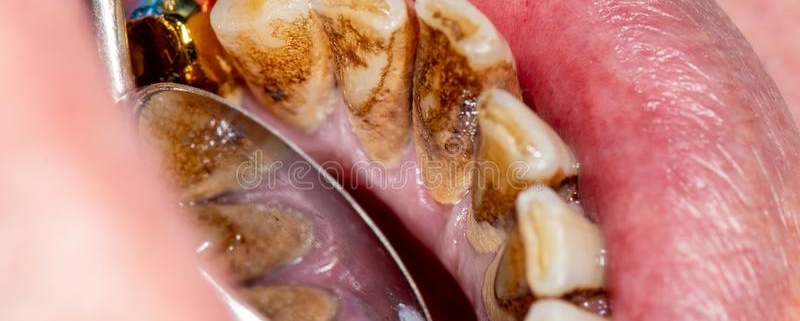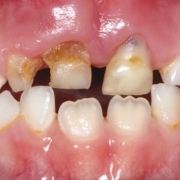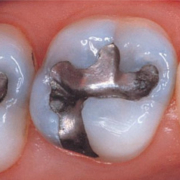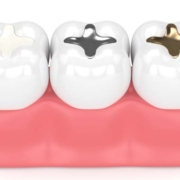Calculus: how it is formed, how to remove it and how to prevent it
Bathrooms are places we go to clean our bodies and to refresh our souls. However, sometimes we are tired and patches of dirt cling to the not so easy to see areas and since these are also not easy to clean, it accumulates. Over time, different kinds of dirt are added to the initial collection until we have something that is ugly to look at and hard to remove. This is how calculus builds on our teeth.
What is calculus?
Calculus can be defined as calcified plaque deposits on the teeth. It is formed as a result of minerals from saliva being deposited in the plaque. These minerals include bicarbonate ions, phosphate ions, and calcium ions among others.
How is calculus formed?
The process of calculus formation begins with accumulation of plaque. Plaque is a biofilm containing bacteria and their products that is formed on the tooth surface over time. It accumulates with time if it is not removed which is why it is common in the hard to clean areas like the posterior teeth. It is also found in the areas where the salivary ducts open into the mouth for example on the inside surface of the lower front teeth and on the outside surfaces of the molars.
Calculus can be subgingival i.e. below the gum or supragingival i.e. above the gum. The one above the gum is usually yellowish white to brownish yellow in color and the one below the gum is a darker shade and can even be green, grey or black in color. This is as a result of blood cell breakdown products being deposited below the gum.
Effects of calculus
Calculus like any other form of accumulated debris is disastrous. The bacteria present break down the underlying tissues which is initially the tooth surface, then the gum and eventually, it causes the underlying bone to be resorbed. This makes the teeth mobile and subsequently, they fall out. It is a major cause of gingivitis and periodontitis. It can also be a reservoir for additional plaque deposits and the disease process is further exacerbated. All these and more provide a basis why when you observe it, you should see your dentist so it can be removed.
How to get rid of calculus
Removal of calculus is done via a process called scaling. Scaling can be done manually using hand scalers or using an ultra-Sonic scaler. The dentist will remove all the calculus deposits on the crown of your tooth and in case there are any on the root, he’ll do root planing. After all the debris is removed, they may decide to do polishing. You may have a little sensitivity during and after the procedure but this is due to exposure of the tubules that had initially been covered by calculus which while protecting was destroying them even more.
How to prevent calculus
Prevention of calculus formation depends on you as a person. You should pay attention when cleaning your teeth so that you do not miss any corners or clefts. Use a proper toothbrush and toothpaste as recommended by the dentist. You should also have professional tooth cleaning a minimum of twice a year, once every six months for prophylaxis against calculus.










